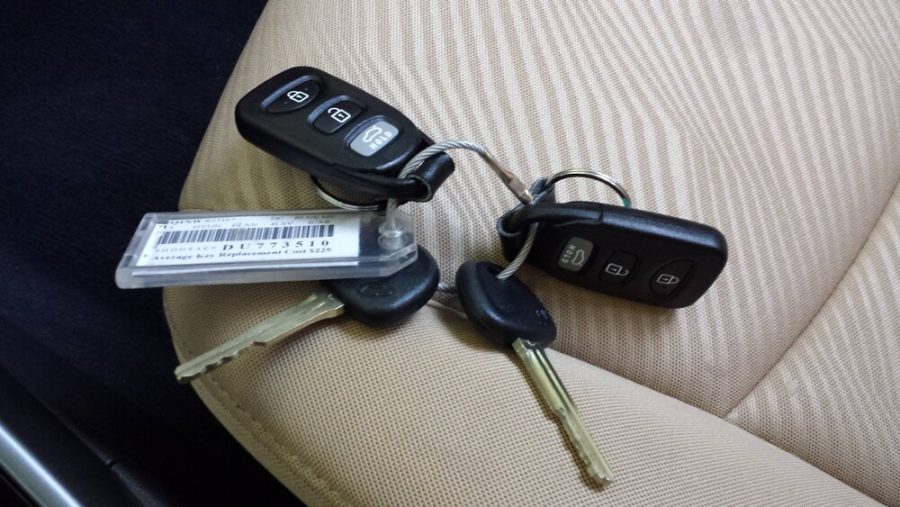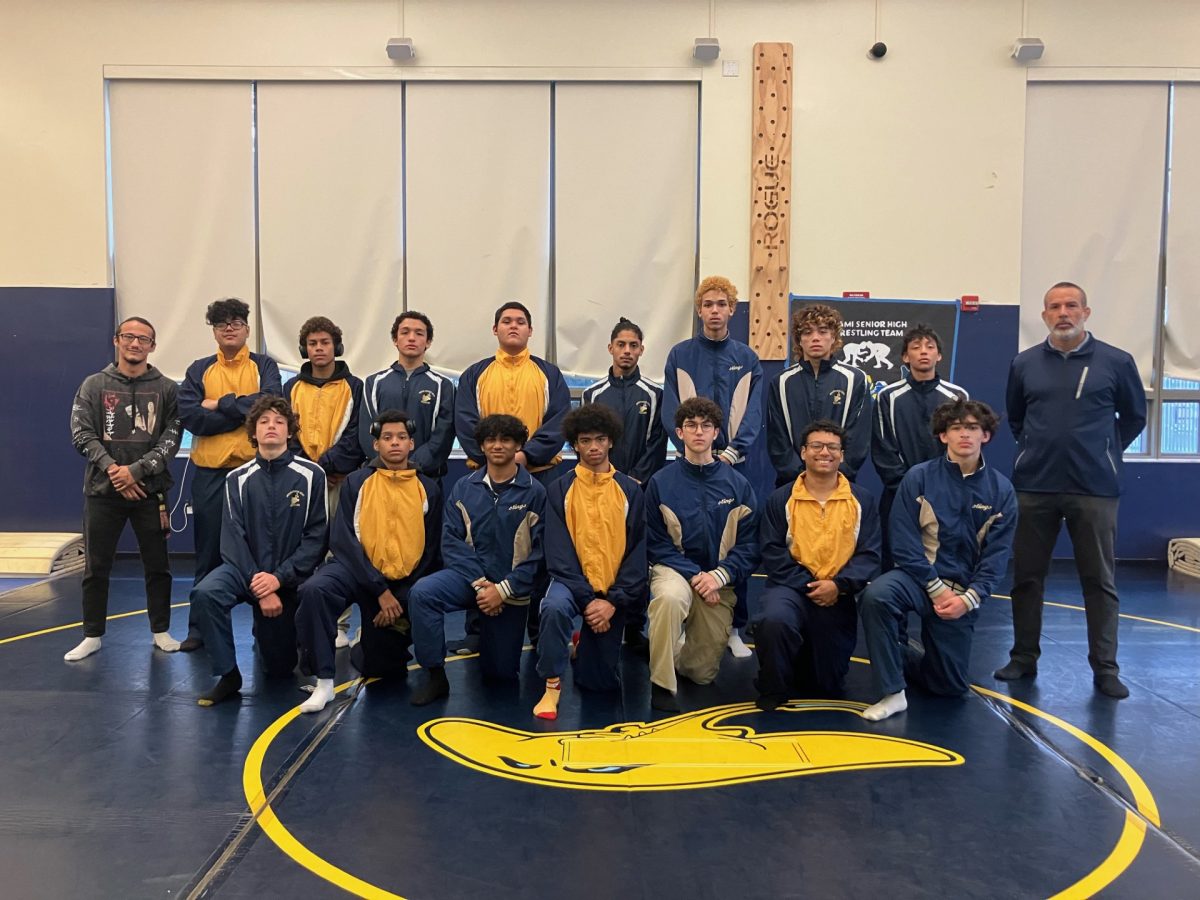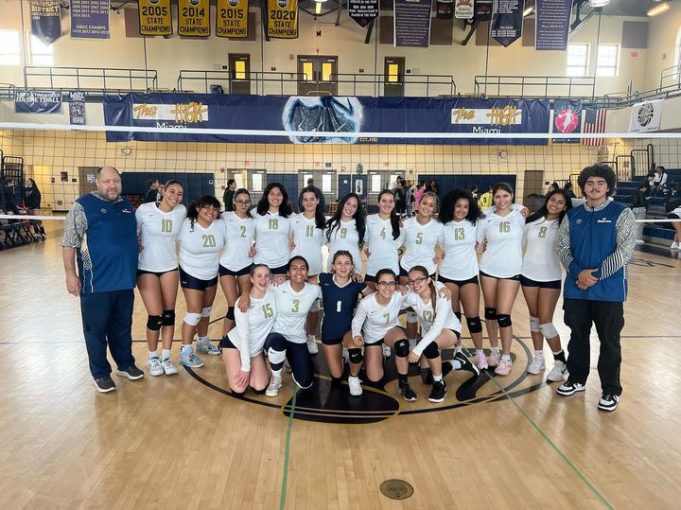The Death of Affordable Fun Cars for Teens
Source: https://www.google.com/url?sa=i&url=https%3A%2F%2Fwww.tacrentals.com%2Fblog%2F2020%2F1%2F2%2Fbulky-rental-car-keys&psig=AOvVaw28qmAkxH5qw4E1_-6dVc5O&ust=1614708811071000&source=images&cd=vfe&ved=0CAIQjRxqFwoTCPD7_JzZj-8CFQAAAAAdAAAAABAD
March 1, 2021
Owning a car, especially as teenagers, has always been something very desirable. It is a quintessential part of the American Dream: knowing that you can hop into your car and go anywhere and do anything you want, and that the sky is the limit in terms of how you can truly make it your own.
In light of recent events, it seems that this is starting to look as if it is no longer the case– as if yet another part of the American Dream is just fading away into the history books. The decline in the automobile, especially for young people, is one that is the combination of many factors: economic, social, geopolitical, generational changes, and a decades-long national decay.
A Brief History
At the time, in 1908, most cars were toys for the wealthy; consequently, cars that were specifically tailored for teenagers and young adults simply didn’t exist, at least for the first 4 decades. The idea of an affordable car being accessible to absolutely everyone resulted from the affordable pricing of the Ford Model T, the first mass-produced car.
From the day the Ford Model T came out, up until the start of the Second World War, most of the cars were either mid-size saloons for the average middle-aged man or large luxury ones for rich people. Another factor that played a large role was the Great Depression, which left teens and young adults with barely any money to feed even themselves, much less to buy a car. However, after the war, following a brief two-year slump, the economy was booming.
During the 1950s, the gloomy days of the Great Depression where people were living paycheck-to-paycheck were over, as now people had a ton of disposable income. They spent all this money on music, homes in the recently built suburbs, and most importantly- for teenagers- cars. This was the birth of American car culture, in which teenagers would buy cars, modify them with bigger and more powerful engines, better suspension and brakes, and race them against their friends on the streets. In fact, teenage boys usually reserved the weekends to work on their cars all day long. Their surroundings also evolved to tailor to them, such as the birth of the drive-in theater and diner.
But the cars they bought were usually either unwanted cars from the 1920s or used. The semi-new cars- not any different than the ones that their parents drove- and cars that had sporty images like the first Corvettes, were far out of reach for your average 16-year-old. During the 1960s, automakers saw a market for this, especially as many baby boomers, people born between 1946 to 1964, were reaching their driving age. This gave rise to “muscle cars,” which were compact or mid-size cars that had powerful engines and upgrades from the factory, all for an affordable price, starting with the 1964 Pontiac GTO, a mid-sized car with the engine of a full-sized one.
These kinds of cars would sell like hot cakes with High Schoolers and University students from the mid-60s all the early 70s. The issue with this was that street racing on public streets became a real problem, as these cars had next to no safety features for all the power they had, resulting in many injuries and deaths from accidents. By the early 1970s, this became a huge headache not only for concerned parents, but also for insurance companies. To “solve” this, they simply hiked up the insurance price of muscle cars to the point that they were impossible to insure without costing and arm and a leg. Another issue was the passing of laws by the U.S government starting in the early 70s, which required automakers to de-tune their cars to reach new emissions and mileage requirements, often at the expense of the car’s performance. All the extra equipment was expensive, which made them hike the price on their new cars, even on regular family saloons. All this was a problem for young people looking for a cheap, fun car. It also didn’t help that all that disposable income they once had suddenly dried up, as the economy came down from its 35 year-long sugar rush.
Car culture though, remained, as it was immortalized in pop culture, movies, music, and because cheap, fun cars from the 1950s, 60s, and early 70s became dirt cheap during the 1990s and 2000s. However, the culture revolving around that every teenager had to absolutely have a car to impress girls and their peers began to slowly die out starting in the early 2010s.
What Economics Had to Do
One reason that this massive shift happened in culture had a lot to do with the aforementioned high insurance prices and costs to buy and maintain a car. For example, according to ValuePenguin.com, a 2005 Ford Mustang GT, a popular car among young adults’ costs about $800 a month to insure for a 16-year-old male, while being about half of that for a 30-year-old male with an identical driving record.
Another thing is the price of a new car itself. In 1971, a brand-new Chevrolet Camaro SS cost about $2,848 ($18,394 today adjusted to inflation, according to in2013dollars.com). Fifty years later, a similar spec, 2021 Chevrolet Camaro 1SS, costs about $37,500 new. Meanwhile, the average hourly wage and purchasing power for the average American hasn’t changed since 1973, and that’s for a full-time job. This means it’s even less for a teenager working a part-time job, according to Pew Research Center. And keep in mind that this is all while the price of living keeps skyrocketing, especially after the 2008 recession and during the financial meltdown that the COVID-19 pandemic has caused. However, economic changes aren’t the whole story.
The Shift That Killed New Cars and Their Culture
The biggest reason that this change occurred was a huge cultural and generational shift. The Silent Generation, Boomers, and Generation X all grew up into a culture of rampant materialism and consumerism fueled by a booming society based on fragile post-war foundations. When that foundation began to form cracks in the 1970s, and collapsed in the late 2000s and 2010s, Millennials and Generation Z grew and are growing into a culture in which consumerism is not only no longer sustainable but is also rejected in a form of rebellion. They also believe that cars pollute a lot, in which they think they’re harming the environment by driving one, even though more than half of all air pollution comes from energy production and factories, But they still need to go places, so they usually just buy the same type of cars that their parents drive: boring saloons, SUV’s, and Crossovers. It’s this that shifted the view of cars from an extension of your personality to many, to just an appliance, like a refrigerator or a washing machine.
Another cultural shift is the mass move of people from the suburbs and ghettos and into the cities, along with the increase of immigration into those already densely populated concentrated spots. This resulted in overcrowding and traffic, which is why in cities like New York, it is pretty much impossible to go places by car. In cities where there are better roads and highways, where they were once empty and open, they are now crowded hotspots for traffic jams for the exact same reasons. With this situation, it seems almost impossible to own a car, even if the person actually wants one.
The last reason is simply due to technological progress. Now, there are apps such as Uber and Lyft that completely eliminate the need to own a car entirely. However, this doesn’t mean cars will go obsolete, at least yet.
Why The Used Car Market Is A Good Alternative
Since the new car market is simply unattainable, a good alternative to get a good deal on a car is looking at the classifieds on the used car market. There is a huge variety of cars of all types, from practical estates and saloons to sporty coupes. Since they are used, you can get them for a good price. You also don’t have to deal with all the depreciation of a new car, as new cars lose up to 20% of their value just after driving off the lot. Another thing you don’t have to deal with are all the extra paperwork and costly fees at a dealership, along with not having to deal with any shady, lying dealers.
However, there are many cons to buying used cars, which include high mileage, dealing with shady salesmen, and the possibility of it being title washed. Title washed is a car being crashed, flooded, or damaged (normally giving it a salvage title or a rebuilt title), and “washing” the title by registering it as a clean one. So, just check the car’s identification number (VIN) and stay alert.
If you absolutely need to have a new car, then there are quite a few choices. Keep in mind that they’ll be pretty basic and the build quality along with reliability will be questionable. But they are out there. If you want a cheap new fun car though, your choices will be more limited. Otherwise, just analyze your options and choose the car you truly want and that fits your personality and needs.
—





